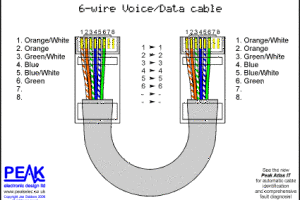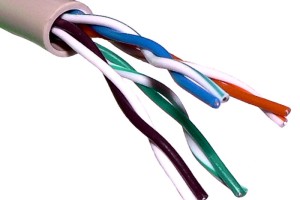Cabling with Special Power Sources
In most situations in which information networking and structured cabling is utilized there is a fairly straightforward power source. Usually there is a hook up to a main public power line, privately paid for by the home or business owner. Because power of some sort is required to set up and run a cable network, circumstances in which electricity or power are more difficult or scant can make for tricky structured cabling work and require creative solutions from professionals.
Structured Cabling Work
One rather large organization that frequently deals with the problem solving of unusual power sources and cable networks is the many branches of the U.S. Military. Naval ships and submarines run electric currents from engines and generators. Air force planes and helicopters depend on various communication networks to navigate and locate allies and targets. Even on the ground troops in combat must deal with limited power resources when encamped to get their jobs done. Much of the energy needs for normal and special military operations are solved with the development of compact generators designed for high volume and complicated usage. However, many of the power sources that officers end of using still have their pitfalls. Many in-the-field power sources are unreliable, and can cause power to go in and out. Because of this, the military officers trained in and responsible for structured cabling must take precautions against energy surges and information loss from energy cut-outs. A large use of wireless networking helps eliminate the need for power and information to run through too many cables, and with the improvement in wireless technology range and strength, this is becoming a highly used solution to power issues.
The Military may be an example of one of the most crucial users of network cabling in odd power situations, but they are certainly not the only group that comes up against this challenge. Commercial ships and leisure vessels must also contend with generated power, as well as establishments in remote locations. Forest rangers in protected forests and lands, to which no municipal power lines run depend on network cabling for safety and emergency prevention. Ranchers, farmers and stable keepers rely a surprising amount on technologies that require networking and/or the internet and usually cannot fully depend on their power source to keep those networks running. Structured cabling professionals apply different means to problem-solve these situations. These solutions vary based on situation but surround surge protection, security and information saves within the software and hardware of the technology. The onset of energy-saving and energy use-minimizing cabling technologies is also important when energy is scant. The methods by which cables are circuited can create a stream of almost self-sustaining energy that can help to keep networks running on low power. In remote locations and third-world countries, battery-operated and rechargeable networking devices are utilized to make the most of electricity when it happens to be around. As more circumstances arise in which power an electricity is an issue in network cabling, more solutions will be invented and applied to keep information flowing smoothly.




